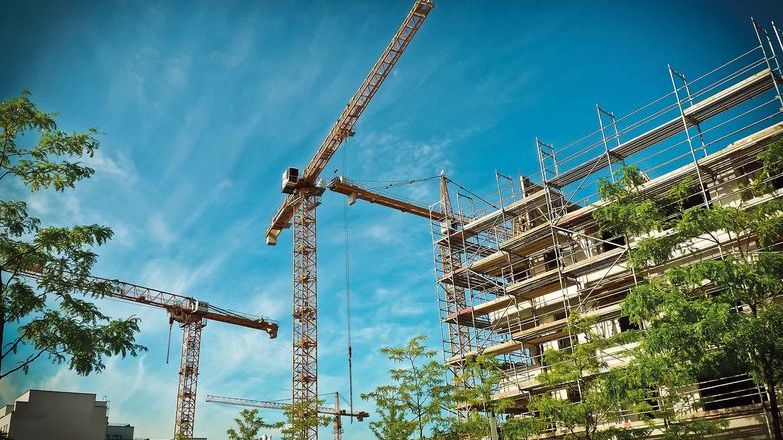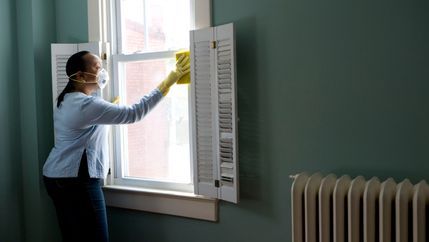
Peers focused on Gateway 2, the stage at which developers must demonstrate building safety before construction begins. Dame Hackitt revealed that around 30,000 homes are currently delayed at this stage, and whilst the framework created by the Building Safety Act 2022 is now in place, she described implementation as clunky.
The Select Committee Evidence Session on 11 July 2025 heard that the BSR is receiving applications that still do not meet minimum standards. Many lack detail on structural and fire safety, or clear construction control plans. She emphasised that this is slowing progress and frustrating efforts by the BSR to streamline the process.
Dame Hackitt warned against further restructuring of the regulator, referencing political suggestions that the BSR might be folded into wider housing or planning reforms to speed up development. She cautioned that doing so now would undermine the independence and specialist focus of the BSR, which she sees as essential to ensuring that safety is not deprioritised.
The golden thread is not yet consistent
Maintaining a digital ‘golden thread’ of safety information remains a legal requirement under the Building Safety Act, and whilst the concept is in place, the way it is implemented still varies widely. It is intended to ensure that building safety data is accurate and accessible throughout the building’s lifecycle.
Propertymark has created a fact sheet to support members, outlining what this should include — from original design through to occupation and ongoing maintenance.
Competence is still a concern
Dame Hackitt noted that improvements in competence and accountability are happening, but not evenly across the sector. She welcomed the regulator’s work to build in-house expertise but warned that without stronger professional standards and consistent training, the system risks becoming fragmented.
Levy and remediation concerns
Supporting the principle of the Building Safety Levy, due from 1 October 2026, Dame Hackitt stressed that its implementation must be applied fairly, with support for small developers who contribute to local housing supply and often lack the resources of larger firms.
She also acknowledged that progress on cladding remediation has been too slow — echoing recent criticism from the Public Accounts Committee.
Propertymark continued campaigning
The House of Lords Committee’s inquiry continues, and the call for evidence is open until 31 August 2025. We will continue to monitor developments and press for a building safety system that is deliverable, proportionate, and backed by clear guidance for professionals.
Ultimately, clear guidance for agents and managers on Gateway responsibilities must be provided. Additionally, the fair implementation of the Building Safety Levy should be ensured, as well as faster delivery of cladding remediation.
Our Building Safety fact sheet supports members to understand each stage of the new regime, including design, gateways, approvals, and the golden thread of safety information.
Fact sheet: Building Safety Act 2022
The Building Safety Act 2022 aims to provide more rights, powers and protections for residents of high-risk buildings and reduce the chance of death in the event a fire breaks out. The Act establishes specific duties for individuals within high-risk buildings to manage building safety risks.





